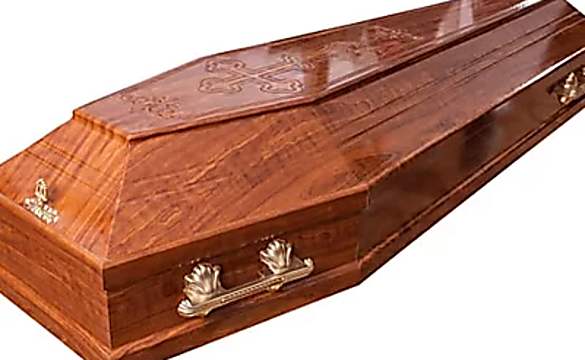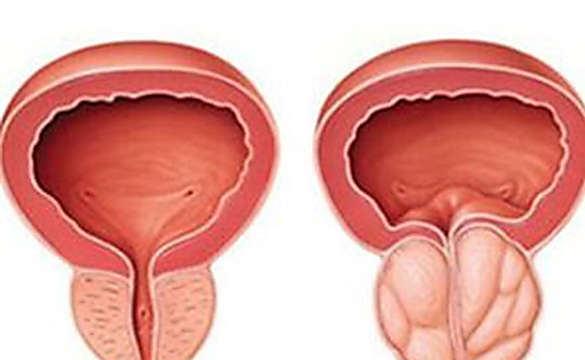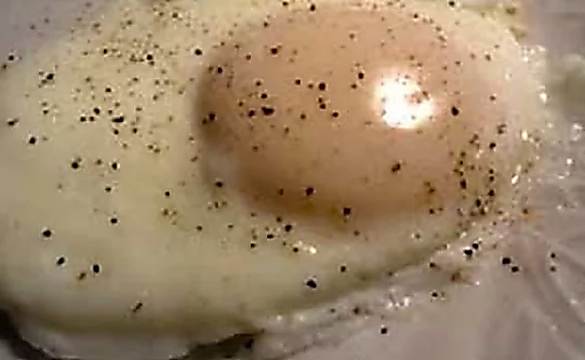Deepak makes three points about RRAM IP in the slide above:
Patents, if any, on the basic switching concepts have expired.
Good patents on more advanced concepts exist (eg) Pt-
replacement approaches, array architectures, doping, etc.
IP scenario for RRAM a key advantage. Other resistive memories have gate-keepers (eg) Basic patents on PCM, CB-RAM, STT-MRAM fro Ovonyx, Axon Technologies, Grandis.
I suspect SanDisk and Toshiba have a particularly nice hand of good patents on the more advanced RRAM concepts, specifically array architectures.
The slide below is from SanDisk’s 2010 Investor Day.
Eli makes the point that SanDisk holds“Fundamental patents in 3D diode arrays (apply to most 3D approaches)”
I’m going to end with this slide from the IMEC consortium. Its a nice summary showing floating gate NAND, 3D Vertical NAND, and RRAM graphed against Cost/Bit and chip capacity.
Here is thearticlewhere the slide above was taken. Apparently Toshiba/SanDisk hasn’t signed up for the collaborative effort.
“IMEC is working collaboratively with major memory manufacturers including Elpida, Hynix, Micron and Samsung on both flash and follow-on memory roadmaps
Toshiba [Sandisk] is a notable absentee from the program.”
There could be many reasons why Toshiba/SanDisk wouldn’t be interested in working with IMEC.
One would be that Toshiba/SanDisk feel they have the inside track on the roadmap.






























Good summary Savo. I caught the new photos in your header. Nice.
Hey Marty,
Yep it’s been time to update the header for a while now. My plan had been to add Yoram along with Sanjay and Judy. No need for that now
Yoram will soon be gone. It will be interesting to see who takes over as CTO.
I am guessing it will probably be Dan Inbar or Dr. Khandker Nazrul Quader.
Today Dan Inbar is GM OEM. This was the position that Yoram had before he became CTO in October 2010. As you probably know, Dan came to SanDisk in the FLSH acquisition.
Dan has also been giving presentations at analyst days. He can handle the spotlight.
The only problem with Dan is that he appears to have a stronger background in business than engineering.
If SanDisk wants technical engineering smarts then it might be Dr. Khandker Nazrul Quader.
Today Khandker is senior vice president of memory technology, design. He has a doctorate in electrical engineering and has many patents. Khandker has been with SanDisk since 1995, even longer than Yoram and has been a speaker at the Flash Memory Summit.
Regards,
Savo
Savo,
I’ve been struggling to understand the differences between NAND used as an I/O accelerator and as a storage array and the various strategies (including Sandisk/Pliant’s) used for each. Any technical clarity would be much appreciated. Thanks.
Marty
Savo, sorry for cluttering your blog with comments, but the recent rumors of AAPL buying Anobit (you had the right target, wrong acquiror) and opening an Israeli semiconductor R&D facility scream out for your thoughts/comments.
Marty
Hey Marty & Poofy,
Apple’s pending acquisition of Anobit has many intriguing and relevant angles. As I see it, pretty much all neutral or positive for SanDisk.
I agree with Oppenheimer’s comment that the move implicitly validates SanDisk.
I’ll probably dedicate a post to the subject, but probably not until January.
My next post will likely be on RRAM. With the holidays and all, I’m not sure I’ll get to that one this weekend.
****
From what I’ve heard from an Israeli friend with Anobit-related sources, AAPL hopes to see this acquisition evolve along the same lines as its acquisition of P.A. Semi.
Personally I’m not so sure about that vision.
P.A. Semi had ARM expertise, which was way ahead of the curve for processor design.
With the P.A. Semi acquisition, Apple was able to set itself up with cutting edge technological expertise in a processor technology which looks poised to become dominant in the next decade.
Anobit look like smart folks, but their expertise is in controllers for planar NAND, a technology reaching the end of the line. With the acquisition Apple should be able to ride the status quo to the end of line or close.
Apparently Apple has been using Anobit controllers. My guess is that Samsung is also a big Anobit customer.
Safe to say Samsung can kiss that one goodbye.
As far as X3 goes, Anobit talks a good line, but if they had the goods for 3 bits/cell, their customers would be shipping X3 in volume today.
That they’re not, speaks volumes.
Best,
Savo